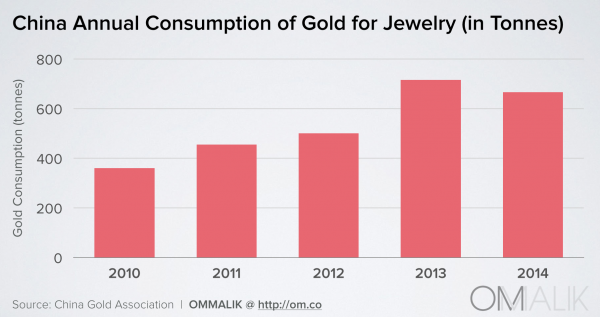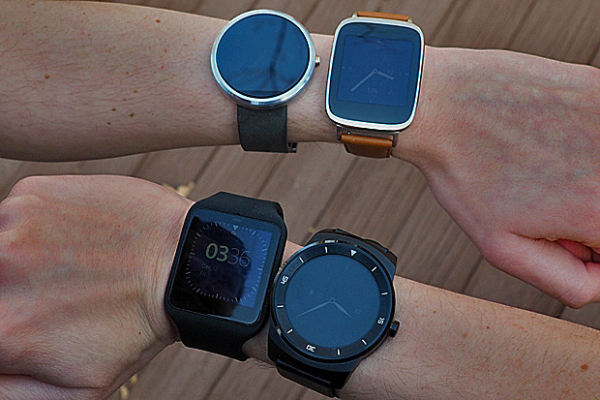Facebook is trying to co-opt the next Snapchat. Yes, the smartphone is a social platform that makes it easy to use multiple social apps, but you still have to get someone over the hurdle of installing the app in the first place, and they have to get all of their friends to install it too so that they have someone to send to. Facebook is trying to bypass that - you can drop your content straight into the existing Messenger install base (600m MAUs). Now just one person can get a cool app and send messages to their friends even if their friends don't have it, and if it's cool enough they can tap on the link and install it too.
This is super powerful stuff.
My biggest gripe about today's social apps is 99% of the time, they don't provide any value to you unless your friends are signed up. Even after that, your friends have to be active for it to be any fun. It blows my mind how many social apps still haven't figured that out.
One app that did figure it out was Instagram. In the beginning, they included the genius feature of posting your photos to Twitter and Facebook as you posted to Instagram. So even if you were one of the early adopters of Instagram and didn't have any friends on it yet, that was okay — just push your photos onto Twitter and Facebook for your friends to enjoy. From there, Instagram's early growth was just purely organic, piggybacking on the social graph you already built on Twitter/Facebook.
I'm really excited about this for Facebook.
As for Apple and Android, I'm wondering if they will ever bake something like this directly into their operating systems. How would the mobile apps landscape change if you could get value from an app without even having to install it? What potential security issues would arise? How would shady companies try to exploit this? Could this possibly kill the web as we know it today?
As Benedict repeatedly says, the landscape of mobile computing is still in flux. For all we know, in the next several years, saying "I downloaded an app from the App Store" might not mean anything like what we know today.

